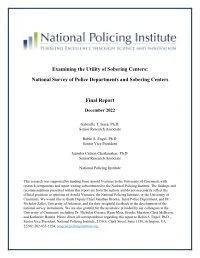By The Joint Federal/Provincial Commission into the April 2020 Nova Scotia Mass Casualty
in this volume, we build on the findings and conclusions reached so far by turning to the institutional context of policing. This volume addresses the policing dimensions of the following issues set out in our mandate: … (iii) interactions with police, including any specific relationship between the perpetrator and the RCMP and between the perpetrator and social services, including mental health services, prior to the event and the outcomes of those interactions, (iv) police actions, including operational tactics, response, decision-making and supervision, (v) communications with the public during and after the event, including the appropriate use of the public alerting system established under the Alert Ready program, (vi) communications between and within the RCMP, municipal police forces, the Canada Border Services Agency, the Criminal intelligence Service Nova Scotia, the Canadian Firearms Program, and the Alert Ready program, (vii) police policies, procedures and training in respect of gender-based and intimate partner violence, (viii) police policies, procedures and training in respect of active shooter incidents, … (x) policies with respect to police responses to reports of the possession of prohibited firearms, including communications between law enforcement agencies, and (xi) information and support provided to the families of victims, affected citizens, police personnel and the community
Halifax, NS: Joint Federal/Provincial Commission into the April 2020 Nova Scotia Mass Casualty, , 2023. 722p.





















